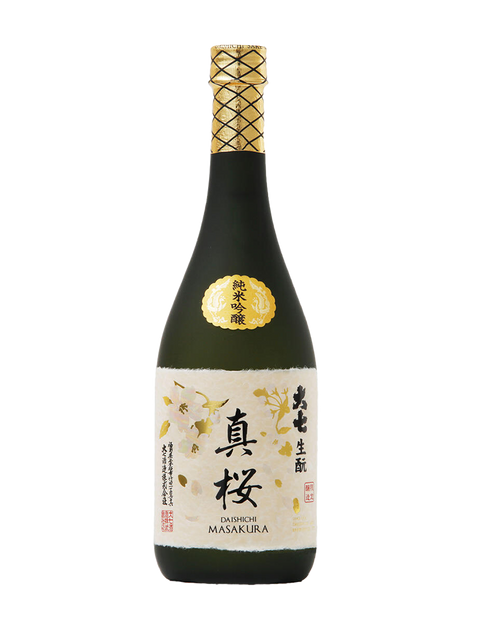
Daishichi Masakura Junmai Ginjo 720ml
Metro Manila, Los Banos, Silang, North Cavite, Bulacan, Taytay, Cainta, Antipolo, Lipa (+4 days), Tabuk (+4 days), Naga (+4 days), Baliuag (+4 days), Iloilo City (+4 days), Tagudin (+4 days), San Pablo (+4 days), Malolos (+4 days), Batangas City (+4 days), Puerto Princessa (+4 days), Boracay (+4 days), Kalibo / Aklan (+4 days), Sorsogon (+4 days), Daet (+4 days), General Santos (+4 days), Cebu (+4 days), Zamboanga City (+4 days), Dipolog (+4 days), Bacolod (+4 days), Panglao (+4 days), Tagaytay (+4 days), Vigan (+4 days), Bauang (+4 days), Cagayan de Oro (+4 days), Ozamiz (+4 days), Tagbilaran (+4 days), Lapu Lapu (+4 days), Mandaue (+4 days), Tabaco (+4 days), Laoag (+4 days), San Fernando (+4 days), Candon (+4 days), Agoo (+4 days), Baguio City (+4 days), Angeles (+4 days), Legazpi (+4 days), Pangasinan (+4 days), Subic / Olongapo (+4 days), Dumaguete (+4 days), Tacloban (+4 days), Tarlac (+4 days), Davao (+4 days), Tuguegarao (+6 days), Nationwide (+7 days)
In 2014, platinum award in the category “Sake to be enjoyed with Italian food” at the “Great Jizake Show”
First prize in the category “Ginjo sake suitable to drink warm” in the March 2015 edition of the magazine “Ichikojin”
The special circumstances of its origin are clear from the character of Daishichi Masakura. While basically being a ginjo, it has a richness and maturity typical for junmai made with the kimoto method, and there is a wide range of ways to drink it, from cold to warm. Also as regards food pairings, it is an almighty sake that fits to the whole meal, from delicate starters to the heavy main dish, and that since its release has been praised by many connoisseurs in various settings. What if you were allowed to bring only one bottle to a desert island? We recommend this sake.
ABV: 15% / Rice Variety: Gohyakumangoku / Rice polishing ratio: 58%
